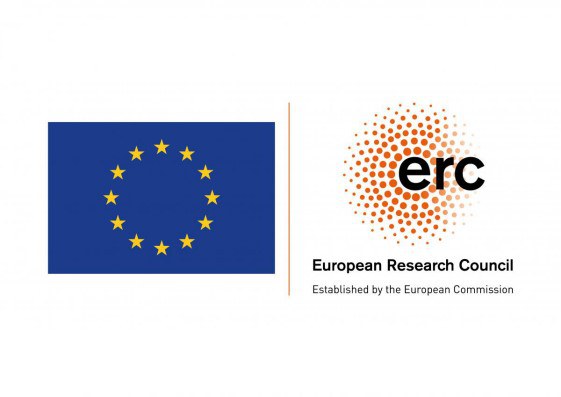PhD Student - Towards next-generation high pressure xenon time projection chambers for neutrinoless double beta decay (Closed)
jjgomezcadenas@dipc.org
roberto.soleti@dipc.org
We are currently accepting applications for the above mentioned position. This is a unique opportunity for highly motivated students recently graduated from the University in Physics or related fields to join one of DIPC’s high-profile research teams.
The role
Desired background & competences
Working conditions
- Estimated annual gross salary: Salary is commensurate with qualifications and consistent with our pay scales
- Target start date: 2023/09/25
We provide a highly stimulating research environment, and unique professional career development opportunities.
We offer and promote a diverse and inclusive environment and welcomes applicants regardless of age, disability, gender, nationality, ethnicity, religion, sexual orientation or gender identity.
The center
About the team
The Experimental Particle Physics Research Line, lead by Ikerbasque Research Professor, J. J. Gomez Cadenas, is devoted to experimental neutrino physics. It focuses on the study of the neutrinoless double beta decay (NEXT project), a process whose detection would make it possible to answer the fundamental question of whether the neutrino is its own antiparticle, i.e., a Majorana fermion, with far reaching implications in particle physics and cosmology.
The researchers involved in this line are also leading the detection of coherent elastic neutrino-nucleus scattering at the upcoming European Spallation Source, with the GanESS and ESSCEvNS projects. These experiments will allow to take advantage of the most powerful neutron source in the world to probe the Standard Model of particle physics with unprecedented sensitivity.
In addition, they are part of the Hyper-Kamiokande collaboration, which will deploy the largest neutrino detector in the world with the goal of investigating the origin of matter and the inner workings of the Sun and supernovas.
The design and development of the experimental technology required to answer these questions has natural connections with other fields of physics (condensed matter, surface physics, atomic physics, etc.) and may result in potential technological applications in areas such as sensorics or medical physics (the PETALO project).
How to apply
Interested candidates should submit an updated CV and a brief statement of interest to the following application email below.
Reference letters are welcome but not indispensable.
The reference of the specific opening to which the candidate is applying should be stated in the subject line, and the application must be received before the application deadline.
Although candidates are welcome to contact the project supervisors to know further details about the proposed research activity, please be aware that the application will be evaluated only if it is submitted directly to the email address listed below as application email.
- Reference: 2023/79
- Application deadline: 2023/07/28
- Application email: jobs.research@dipc.org
Selection process
Applications received by the deadline will be evaluated by a Committee designed by the DIPC board on the basis of the following criteria:
- CV of the candidate (60%)
- Adequacy of the candidate’s scientific background to the project (20%)
- Reference letters (10%)
- Other: Diversity in gender, race, nationality, etc. (10%)
Evaluation results will be communicated to the candidates soon after. Positions will only be filled if qualified candidates are found.
The DIPC may revoke its decision if the candidate fails to join by the appointed time, in which case the position will be awarded to the candidate with the next highest score, provided it is above 50 (out of 100).
However, the selected candidate may keep the position if, in the opinion of the Selection Committee, the candidate duly justifies the reasons why he or she cannot join before the specified deadline, and as long as the project allows it.
This project has received funding from the European Research Council (ERC) under the European Union's Horizon 2020 research and innovation programme Synergy BOLD Grant Agreement 951281

